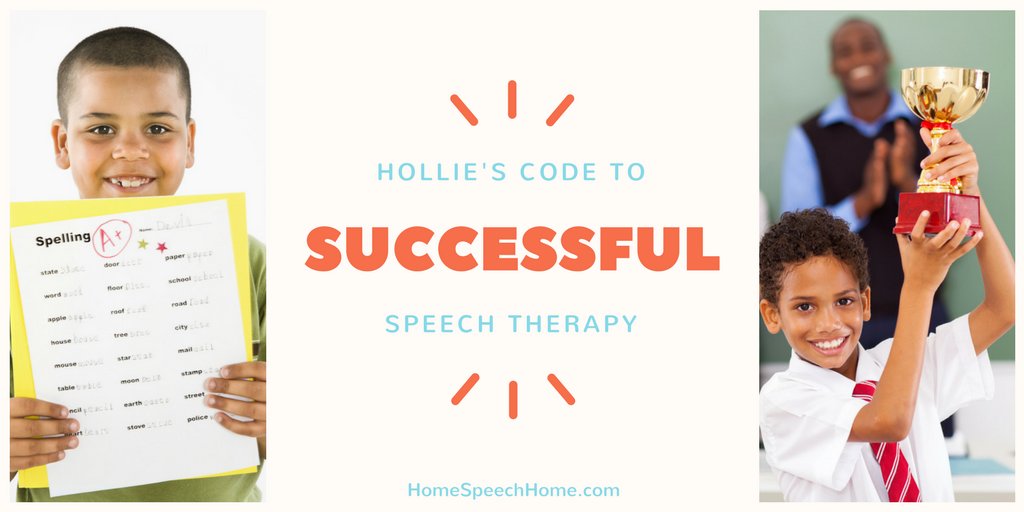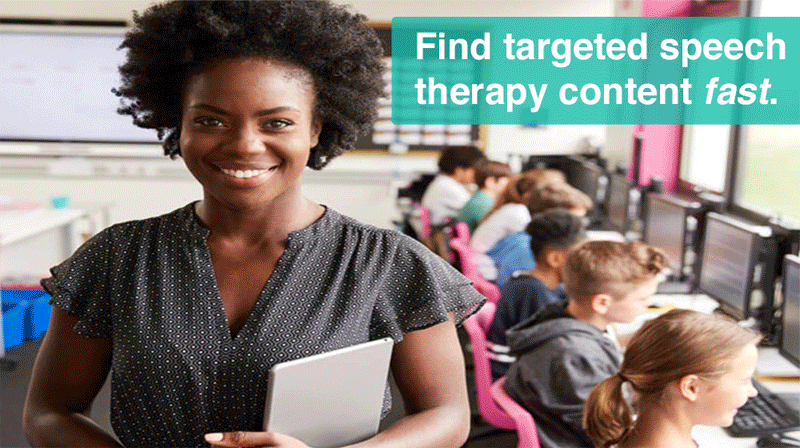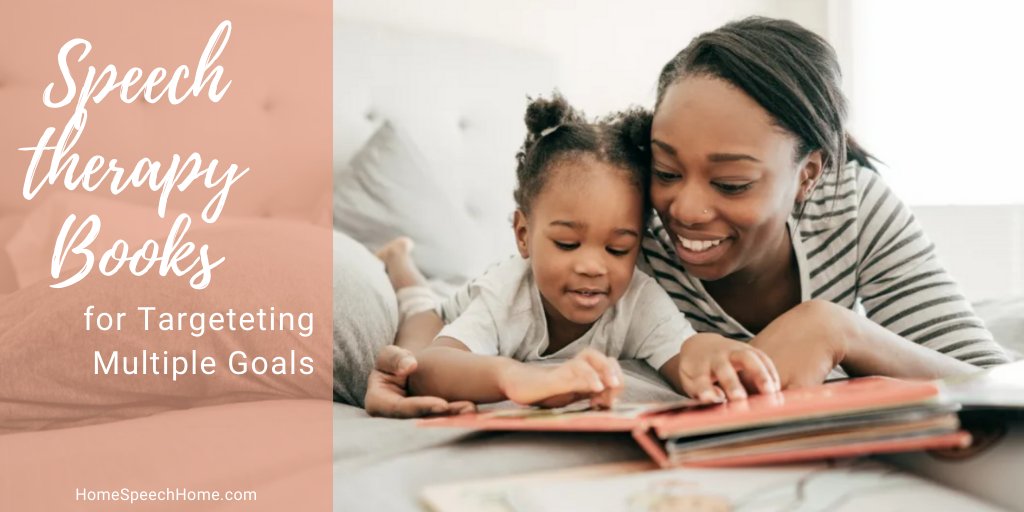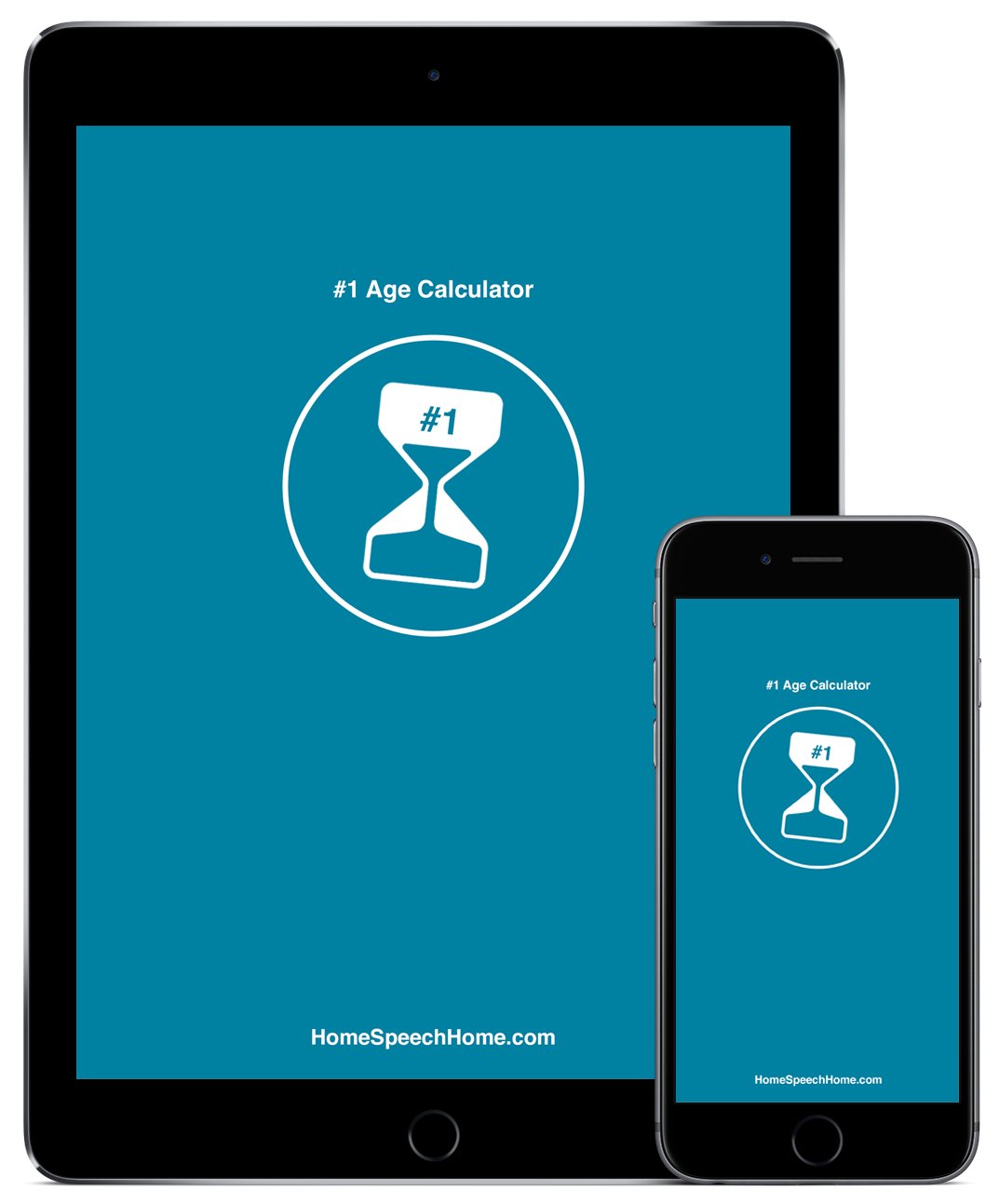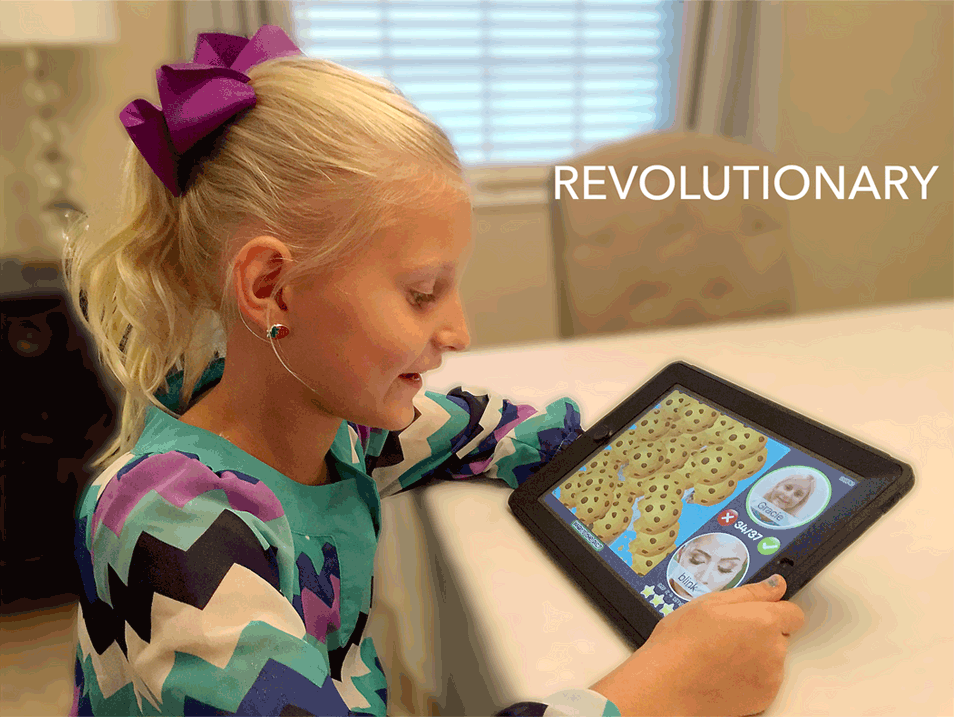Hollie's Code to Successful
Speech Therapy
One time my student was getting bored during an imitated picture naming activity and started saying the words and adding “poo” to the end.
He thought it was so funny.
At first I kept trying to get him to stop. He wouldn’t and I started getting frustrated.
Then I chose to follow his lead and instead of saying the correct word for him to imitate as usual, I pointed to the picture and said, “Poo.”
He was so astonished.
I pointed to it again and said, “Poo.”
He laughed and corrected me by saying the correct name for the picture. So I pointed at the next one, smiled, and said, “Poo.” Again astonished, he laughed and said the correct word.
We kept going on like this – laughing, me saying all kinds of “poos,” and him correcting me.
Although I felt a little sheepish, I got tons of productions and a very happy kid leaving my room that day.
I’m glad I followed his lead and sabotaged his expectations for his “bad” behavior to turn it into a win-win situation.
It very easily could have gone the other way.
This made me think to write down my strategies or “code” that I follow to have my best therapy sessions ever.
Explore Our Goal Reaching, Client Centered Products
1. Plan and adapt your lesson so that the child begins and ends every session with success!
This way the children won’t get too frustrated, they will leave with positive feelings, and they will want to come back.
2. Let the child determine the parameters of work, play, and reinforcement.
Ask them what activities, rewards, consequences, and amount of work they want to do - every time if necessary.
3. Set a timer for activities and determine what you will do afterwards.
This way the children have a visual reminder of how long they need to work and what they will do when they are done.
4. Define the specific purpose, goal, and reinforcement for each activity.
Children work much better when they know exactly what you want them to do, why they are doing it, and what will happen when they achieve it. (Reinforcement does not need to be tangible!)
5. Take the focus off the child’s speech/language problems and make puppets talk instead.
Children love to pretend and this way the puppet is doing speech therapy, not them.
6. Let the child be the teacher!
Be the teacher for an activity first. Then switch roles. Have them tell you what to say, how to say it, and praise you for your work. They won’t know they are actually producing and discriminating correct productions while being the teacher.
7. Follow the child’s lead and how they are trying to control the session, but stay in charge.
If children show they want to be done with an activity, either change something to make it more interesting or end it, but on your terms.
For example, finish after three more words, one more turn for everyone, or when someone gets it right, etc.
SEE ALSO: The Best Free App for Speech Therapy
8. Sabotage, play dumb, or think absurdly about something the child said or did.
This helps you get a reaction from children that you can use in several ways.
They can explain the right way which shows you what they know; they can correct you which makes them feel smart and successful; or they can laugh and just try it again which creates more practice on the same task.
If there is no reaction, you know the children either aren’t listening or they don’t know its wrong – both good things to also find out during therapy.
9. Change one thing and get excited about it!
It will make the same activity different and novel again. For example, do it again, but this time close your eyes, act like you are sad, or don’t say “I”, etc.
10. Change your voice.
Have the children change their vocal pitch, volume, or use a different accent. Also pretend to be someone else during therapy, i.e. Spiderman, Barbie, the President of the United States, a spy, etc.
It is amazing how attention and fun increase just by changing your voice.
11. Change the speed.
Speed up an activity if it is not engaging or not many productions are being produced, except in the case of stuttering.
Also, if a child starts to be mostly off-task, have him/her say as many target words as possible in the next minute to end the activity. In this way you follow the child’s lead, but you are still in charge and you gain a few more productions before stopping.
12. Change the location.
Improve attention by varying your activities. First do an activity at the table, then standing or walking, then sitting on the floor, and finally sitting back at the table once again.
13. Change the physical activity.
Have the children do a physical action such as pat your head and rub your tummy while repeating a target word or producing sentences with language targets.
This helps you sneak in a whole bunch of speech/language practice because the children are focused on the physical action and not the therapy work.
14. Use games, books, toys, and boring objects in other ways than they were intended.
Be spontaneous and use anything for a new purpose in your therapy. What kinds of things could you do with a spoon? The fun and interest for children is unimaginable until you do it – which is the best part!
SEE ALSO: The Best Books for Speech Therapy Practice
15. Make up a song.
Have the children help by suggesting rhyming words or lines. It is super fun and the song will get stuck in everyone’s head. There is no better way to get repetition, review concepts, and remember anything.
16. Play a police game to encourage discrimination and self-monitoring.
During an activity or the whole session, try to catch each other doing something wrong that you have predetermined before you begin.
For example, you lose a token if you are caught saying /w/ for /r/ or you have to do three jumping jacks if you are caught saying “me” instead of “I.”
Children love to catch you doing it wrong, so of course, mess up on purpose! This is a favorite activity to teach parents how to do at home to get the whole family involved in helping the child progress.
17. Praise, praise, and more praise!
Be specific in your praise about what the child did right.
In this way, you are teaching them exactly what they need to know to do it again. Find even the smallest thing they did right and praise it.
Tell other people about it. You can never praise too much during a therapy session!
18. Have a comfortable seat and remove all distractions before beginning.
If the child doesn’t fit well in the chair, it will be harder for them to attend so help them be as comfortable as possible.
I have even had my students earn chair pads to sit on during therapy and they have loved it.
Anything from toys to pencils right down to the shoes and laces on their feet can be a distraction so try to take care of them before beginning.
19. Make it personal.
Include personal details about children and their families in your therapy. Refer back to positive or funny experiences you’ve had together.
Having a child practice her brother’s name “Ryan” when she is working on /r/ is the perfect way to make it functional and keep her motivated to say it correctly.
20. Involve the child in tracking progress.
Frequently show the children how they are performing currently compared to how they were performing previously.
Show them how much further they need to go to reach their goals and graduate from speech therapy.
Even if my sessions don't go as well as they would have with hindsight (I hate missing opportunities for even more productions), in my experience, I have found my code does not let me go wrong.
I thought I would share it with all of you in case it could help.
Cheers!

About the Author
Hollie is an M.S. CCC-SLP and multi-tasking mom of 4 from Florida. She received both her B.S. and M.S. from Utah State University. She loves being an SLP and helping SLPs deliver multi-modal therapy treatment that maximize progress.
Return to top of Hollie's Code to Successful Speech Therapy
Freebies, Activities, and Specials, Oh My!
Sign up for Terrific Therapy Activity Emails
Your information is 100% private & never shared.
